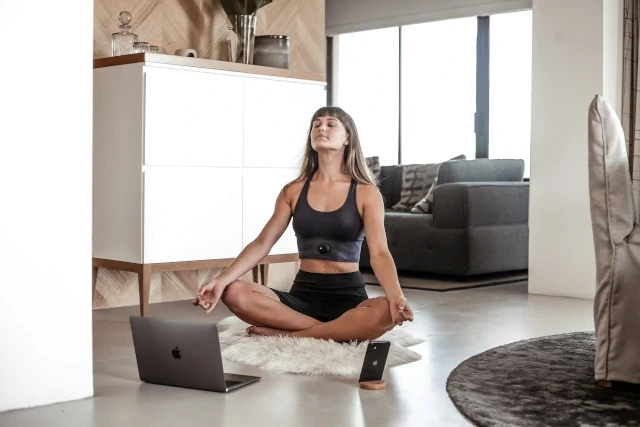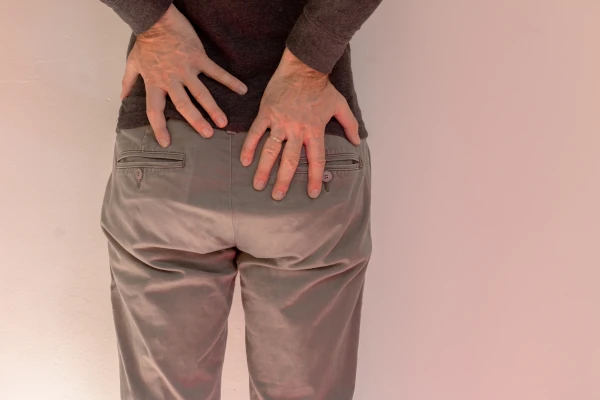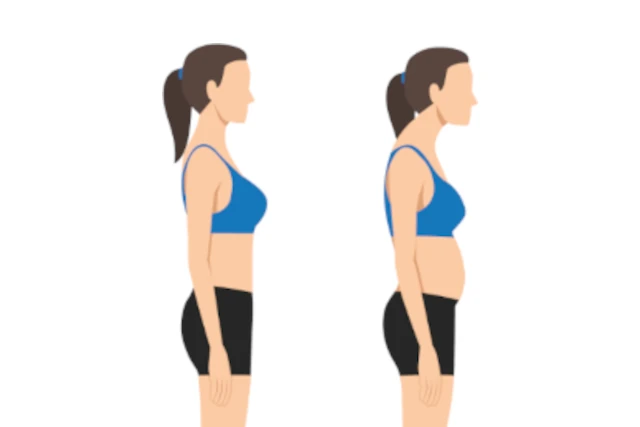
The Power of Breathing: Top Breathing Exercises for Better Health and Stress Relief
- Dr. Prachi Saini (MPT)
Connect with our expert physiotherapist for personalized physiotherapy advice.
Breathing is one of the most vital functions of our body, yet it is often overlooked as a tool for improving overall health and well-being. With the right breathing techniques, you can reduce stress, enhance physical performance, and even alleviate certain medical conditions. In this blog, we will explore various breathing exercises that can improve your health and well-being.
Why Breathing Exercises Matter
Breathing is the process of inhaling oxygen and exhaling carbon dioxide. While this happens automatically, the way we breathe can greatly impact our mental and physical health. Proper breathing can help:
Reduce stress and anxiety
Improve concentration and focus
Boost energy levels
Support respiratory health
Improve sleep quality
Incorporating breathing exercises into your daily routine can enhance your overall quality of life. Lets explore some effective techniques.
- Diaphragmatic Breathing (Belly Breathing)
Diaphragmatic breathing focuses on breathing from the diaphragm rather than the chest, promoting a deep, relaxed breath. It is especially beneficial for reducing stress and increasing lung capacity.
How to Do It:Sit or lie down in a comfortable position.
Place one hand on your chest and the other on your abdomen.
Inhale deeply through your nose, allowing your belly to expand while keeping your chest still.
Exhale slowly through your mouth, feeling your abdomen contract.
Repeat for 5-10 minutes daily.
- Box Breathing (Square Breathing)
Box breathing is a technique often used by athletes, military personnel, and meditation practitioners. It helps control stress and anxiety by regulating your breath.
How to Do It:Inhale through your nose for a count of four.
Hold your breath for a count of four.
Exhale through your mouth for a count of four.
Hold your breath again for a count of four.
Repeat the cycle 4-5 times.
- Alternate Nostril Breathing
Alternate nostril breathing is an ancient yoga practice that helps balance the body energy. It’s effective for calming the mind and improving focus.
How to Do It:Sit in a comfortable position with your spine straight.
Close your right nostril with your thumb and inhale deeply through your left nostril.
Close your left nostril with your ring finger, open your right nostril, and exhale.
Inhale through the right nostril, then switch and exhale through the left nostril.
Repeat this pattern for 5-10 cycles.
- 4-7-8 Breathing
4-7-8 breathing is a simple relaxation technique that helps to induce a state of calmness. It is particularly useful for those struggling with sleep.
How to Do It:Inhale through your nose for a count of four.
Hold your breath for a count of seven.
Exhale completely through your mouth for a count of eight.
Repeat the cycle 4-5 times before bed.
- Resonant Breathing
Resonant breathing, also known as coherent breathing, involves taking slow, deep breaths at a rate of five breaths per minute. This technique is beneficial for reducing stress and regulating the autonomic nervous system.
How to Do It:Inhale slowly for a count of five.
Exhale slowly for a count of five.
Repeat for 10-20 minutes to achieve the best results.
- Pursed-Lip Breathing
Pursed-lip breathing is commonly recommended for people with respiratory conditions like COPD. It helps to keep the airways open longer, making it easier to breathe.
How to Do It:Inhale slowly through your nose.
Exhale through pursed lips as if you were whistling.
Make the exhalation longer than the inhalation.
Practice this technique for 5-10 minutes daily.
Tips for Incorporating Breathing Exercises Into Your Daily Routine
- Start Small:
Begin with just a few minutes of breathing exercises per day and gradually increase the duration.
- Use a Reminder:
Set a daily reminder on your phone to practice your chosen breathing technique.
- Combine with Meditation:
Pair breathing exercises with meditation for deeper relaxation.
- Stay Consistent:
Like any habit, consistency is key to experiencing the benefits of breathing exercises.
The Science Behind Breathing Exercises
Numerous studies support the benefits of breathing exercises for health and well-being:
- Stress Reduction:
Breathing techniques activate the parasympathetic nervous system, which helps reduce stress hormones and promote relaxation.
- Improved Sleep:
Techniques like 4-7-8 breathing can help reduce insomnia by calming the nervous system.
- Enhanced Athletic Performance:
Diaphragmatic breathing increases oxygen supply, allowing athletes to perform better.
Conclusion
Breathing exercises are simple yet powerful tools for improving your health. Whether you want to reduce stress, improve sleep, or enhance your physical performance, there is a breathing technique that can help. Start incorporating these exercises into your daily routine, and feel the difference in your mind and body. Remember, the way you breathe is not just about survival—it’s a pathway to better health. Try these breathing exercises today and start living a more balanced life.
Connect with our expert physiotherapist for personalized physiotherapy advice.



